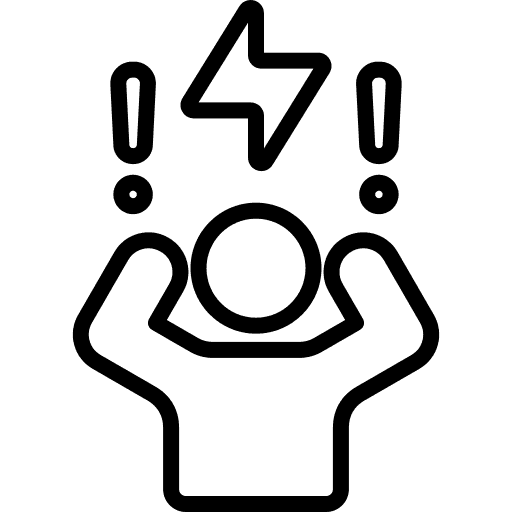

OVERVIEW
As part of a team of three, I worked on LevelUp, a UI project born from my personal struggles as an international student navigating the job market. Despite being highly qualified, many international students face barriers to employment, and I was deeply interested in understanding why. Seeing a gap in the market, I set out to design an omnichannel solution that empowers students to build soft skills, access career services seamlessly, and connect with employers while also educating businesses on international student work rights. In this case study, I’ll walk through the design process and how LevelUp aims to bridge this gap.
UNDERSTANDING THE PROBLEM SPACE
In the first phase of our research, we conducted an online ethnography, interviews, a questionnaire and a contextual observation. A combination of quantitative and qualitative methods were employed to ensure research method triangulation to elicit rich data and mitigate bias
Through our affinity diagram analysis, we came to the following findings:
I want my unique international experience and perspective to be valued in the competitive job market.
I feel discriminated against based on my cultural background and residency status.
I need an easy hiring experience by connecting with employable and authentic people.
I want to develop more confidence in my communication skills.
I need career services to be better adapted to current job market trends.
I feel frustrated by the lack of opportunities available to international students.
PROBLEM STATEMENT
International students are underrepresented in the internship and graduate role space. Employers are hesitant to hire international students due to lack of understanding of work rights and need applicants with strong soft skills adapted to the Australian job market. International students want to build confidence and need university career services to be more visible and updated with current trends. How can we bridge the gap between these three stakeholders to improve international student employability in Australia?
WHO?
We used personas to personify patterns we noticed in our research to focus on key user needs
We used storyboards of existing situations to highlight issues with current experiences, and these were developed based on the personas of our target users. This storyboard features Emily in her post graduation journey where she struggles with her job seeking process due to uncertainties surrounding her graduate visa and the Australian workplace. In addition she faces language struggles in particular in the interview process where she is exposed to unfamiliar question types.
FINAL CONCEPT
After developing personas, empathy maps, and storyboards, we gained a clear understanding of our target users—international students seeking to improve their soft skills. Through observational studies at university-run career workshops, we discovered that many students were unaware of these services and found it difficult to commute to in-person sessions.
We also identified the need for a two-pronged approach: not only supporting students in their career development but also educating employers about international student work rights and increasing their visibility in the job market. Using our storyboards and ideas, our team applied a decision matrix to evaluate the strengths of proposed solutions and arrived at a final concept.
Introducing LevelUp, an omnichannel solution designed to bridge the gap between international students and employment opportunities. The mobile app enables students to improve soft skills through learning modules, seek mentorship through discussion forums, and seamlessly register for university career services. Meanwhile, a public kiosk educates employers through engaging quizzes and connects them with qualified international student candidates.
FINAL CONCEPT SKETCH
WIREFRAMING
The sketches were converted into wireframes on Figma to initialise some informal feedback from casual target users
MOCKUP
These wireframes were then converted to mockups complete with content writing and an initial system design using colours that promote learning. The iconography and rounded cards are designed to cater to the target demographic which is mainly students to present an inviting learning platform and improve engagement.
TESTING
I led two rounds of usability testing to validate and refine key flows—with a focus on Discussions, Workshops, and Modules.
Round 1: A cognitive walkthrough with UX experts to identify structural issues and accessibility gaps.
Round 2: User testing with international students, using Think Aloud and affinity mapping to synthesise feedback.
We prioritised issues based on impact and addressed them through iterative design. Testing revealed critical usability gaps across discussions, workshop creation, and module navigation, which became my key focus areas for refinement.
COGNITIVE WALKTHROUGH
AFFINITY DIAGRAM
The second round of testing involved three users per section, all international students who are the target demographic, to ensure accuracy. Part 1 was conducted in person, while Part 2 took place over Zoom with screen sharing and the Think Aloud Protocol. Sequential testing addressed expert-identified issues. Headline themes that emerged were synthesised using an affinity diagram and key fixtures were logged.

FINAL PRODUCT
A final round of testing with first-click testing was set-up using Optimal Workshop to evaluate important features for usability goals. The prototype was iterated on based on feedback and a dynamic final prototype was developed.
What we Learnt: Introduced Save Draft, and clearer "Successfully Posted" feedback.



































